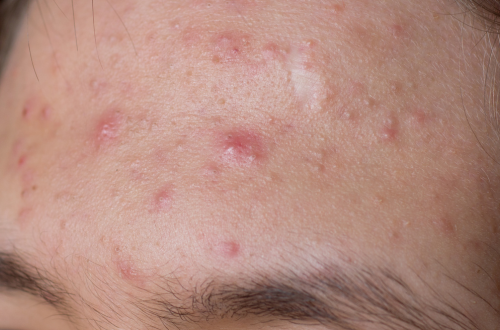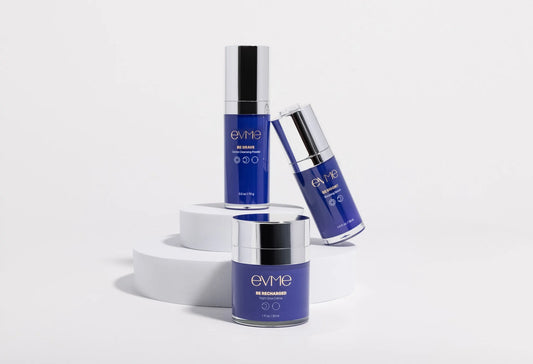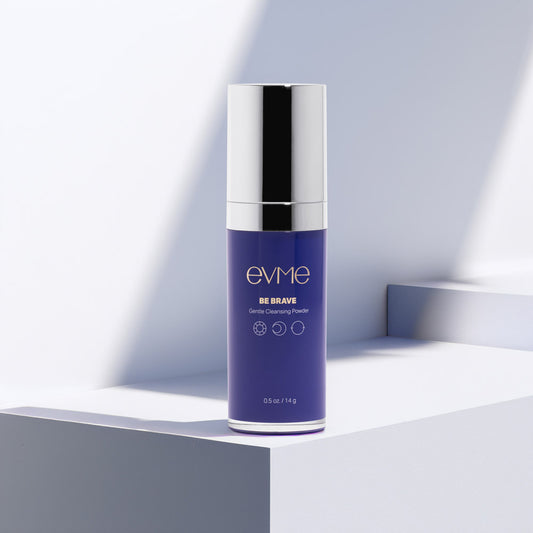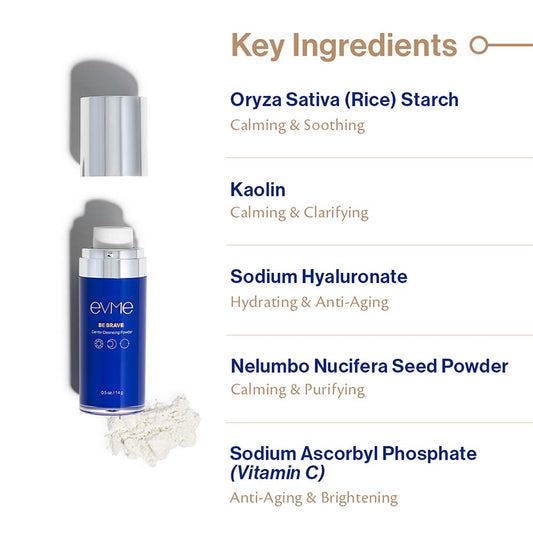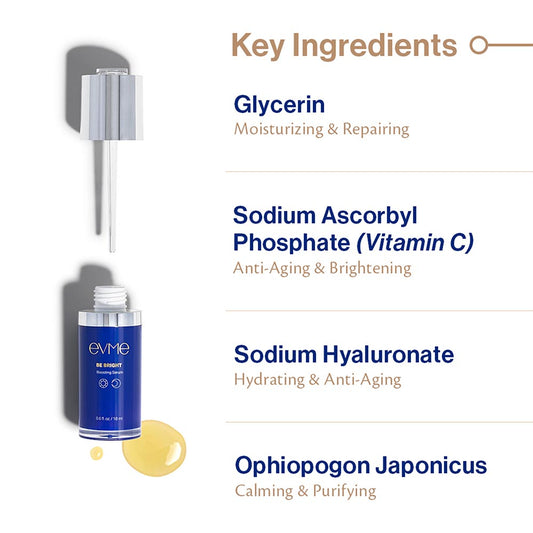Try Evme, allergist-created luxe skincare for sensitive and allergic skin.
Shop All ProductsSulfites: The 2024 Contact Allergen of the Year
April 03, 2024

Back To Articles
It was fascinating to learn that sulfites were named “Contact Dermatitis Allergen of the Year” for 2024 by the American Contact Dermatitis Society (ACDS). Many of my patients often mention sulfites in the context of potential reactions after drinking wine (inducing headaches, flushing, etc), but interestingly, not many people are aware of its potential to cause contact dermatitis.
What are Sulfites?
Sulfites are a group of chemical compounds that are widely used as preservatives and antioxidants in the food and beverage industry, as well as in pharmaceuticals and personal care products. Sulfites help prevent bacterial growth and prolong the shelf-life of various products.
Some examples include:
- Sodium disulfite
- Sodium sulfite
- Sodium metabisulfite
- Sodium pyrosulfite
- Sulfur dioxide
- Ammonium sulfite
- Potassium sulfite
- Potassium metabisulfite
- Calcium sulfite
- Calcium hydrogen sulfite
- Potassium hydrogen sulfite
Sources of Sulfite Exposure
Sulfites can be found in a variety of food and non-food products, including:
- Food and Beverages: Sulfites are commonly used in processed foods and drinks such as wine, beer, dried fruits, pickled foods, bottled and canned goods, and condiments. They are also present in some nutritional supplements.
- Cosmetics and Personal Care Products: Some hair coloring and bleach products, hairspray, tanning lotions, makeup, sunscreens, and deodorants, shampoos, lotions, and other personal care items may contain sulfites.
- Pharmaceuticals: Sulfites are used as preservatives in certain medications, including injectable drugs and some over-the-counter products. Topical antifungals, topical corticosteroids, and nasal solutions can have sulfites in them.
- Industrial and Household Products: Sulfites are used in various industrial applications, such as bleaching agents for paper and textiles. They can also be found in cleaning products, fabric softeners, and laundry detergents. Even water in swimming pools can have sulfites!
- Occupational exposure: You can also be exposed to sulfites if you are involved in the manufacturing of products that contain sulfites, including sterilization during beer and wine formation, and textile/rubber/chemical/pharmaceutical manufacturing.
Symptoms in Sulfite Contact Dermatitis
Facial rash is the most common symptom that people can experience with contact dermatitis due to sulfites. Rash can also occur on the hands or generally on the body. This may look like redness or inflammation on the skin with or without itching or burning sensations, dry/scaly skin, or swelling and edema. Lip dryness and scaliness that looks similar to eczema can also occur in patients who ingest food sources of sulfites.
Diagnosis and Management
If you suspect sulfite exposure as the cause of your contact dermatitis, it's essential to consult a healthcare professional for a proper diagnosis. Your doctor may perform patch testing, where small amounts of sulfite solutions are applied to the skin to assess your reaction. It’s important to note that sulfite testing is often left out of usual allergen patch testing, so you may need to ask for specific testing to this if you suspect it as an allergen.
If sulfites are found to be the cause of your contact dermatitis, the primary approach to management is avoidance of sulfite-containing products. This may involve reading food and product labels carefully, and seeking sulfite-free alternatives. Opting for fresh, unprocessed foods whenever possible could lower the exposure to sulfites.
Conclusion
Sulfites, commonly used as preservatives in various food and non-food products, have emerged as a significant contact dermatitis allergen. Individuals with sulfite induced contact dermatitis must be vigilant in avoiding exposure to prevent allergic reactions. If you suspect sulfite allergy, it's important to consult a healthcare professional for proper diagnosis and guidance on managing your condition.
Recommended articles
close
Evme Sans-Allergenic Skincare Products
- Choosing a selection results in a full page refresh.





